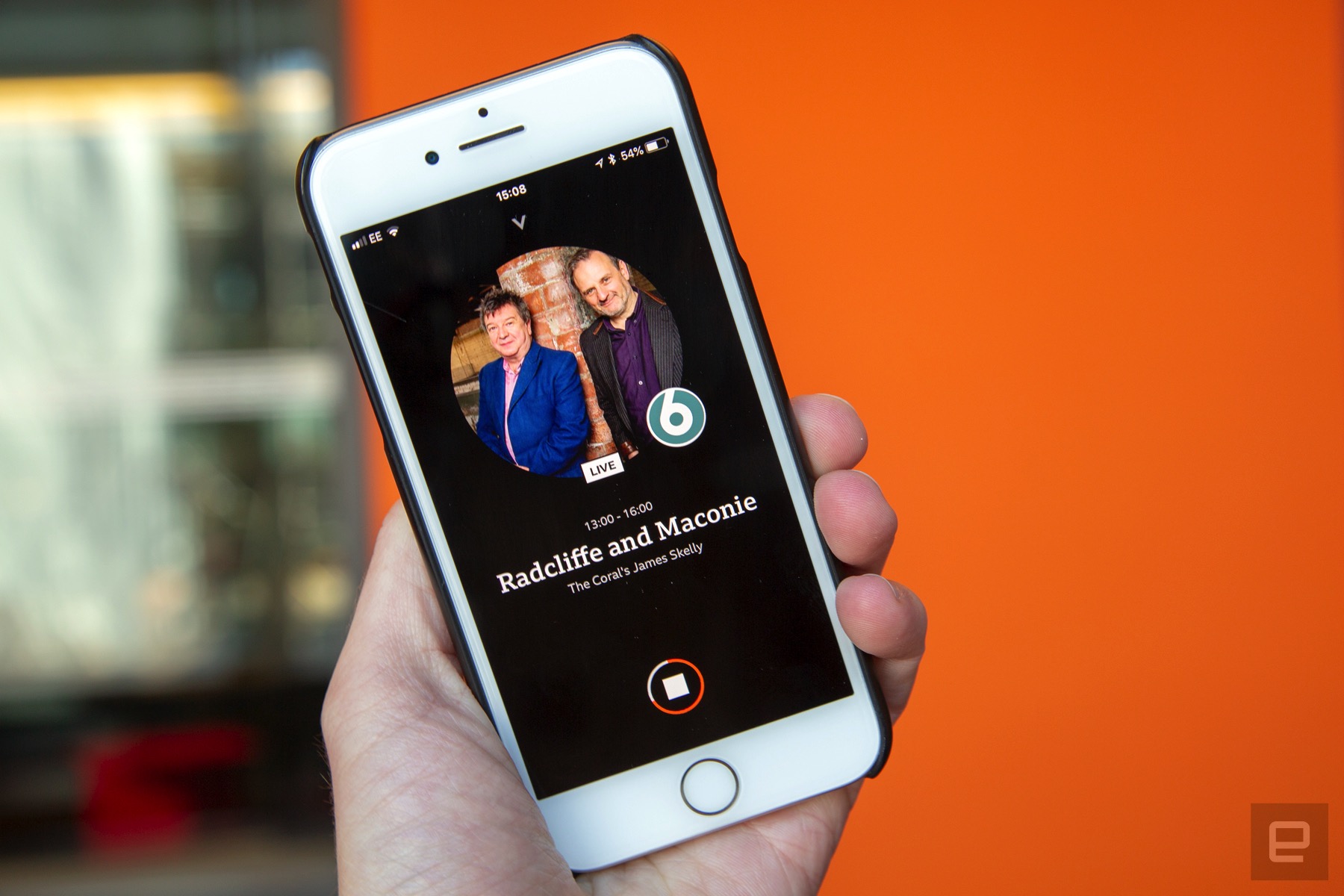First of all, we will have to import local music to Spotify desktop application. To do this, open the. The local file information is read by the client software when the file was added to the playlist. Although as much information as possible is taken from the local file, some may be missing so this information is not guaranteed to exist for all local files. Understanding the Local File URI. The local file URI is constructed from information.
Use the app to play music files stored on your device, which we call local files.
Note: Files or downloads from illegal sources are not permitted.
- This is the easiest and the most frequently used method to deal with a Spotify app crash. Step 1: Select Task Manager after clicking the taskbar at the bottom of the display screen. Step 2: A dialog box opens showing all the running applications. Right-click on Spotify and select End Task. Do the same for all the applications if that is preferred.
- As one of the bright spots in iOS 11, the Files app replaces the previous iCloud Drive app, allowing us to browse and manage variety types of files on our device and cloud storage like Dropbox, OneDrive, Google Drive, etc. With Files app on iPhone, we can save documents downloaded by third-party apps to the local folder and find these documents in an easier way.
For: Premium
- On desktop, import your local files (with the 'Desktop' steps).
- Add the files to a new playlist.
- Log in on your mobile or tablet using the same WiFi as your desktop.
- Go to Settings > Local Files and switch on Local audio files.
Note: You need to allow Spotify to find devices in the prompt that shows. - Download the playlist with your local files.
Didn’t work?

Make sure:
- You're logged in to the same account on both your desktop and mobile
- Your devices are connected to the same WiFi network
- The app is up-to-date on both devices
- Your device is up-to-date
- The Spotify app has access to your local network. Check in your iPhone/iPad settings under Spotify
For: Premium
- On desktop, import your local files (with the 'Desktop' steps).
- Add the files to a new playlist.
- Log in on your mobile or tablet using the same WiFi as your desktop.
- Download the playlist with your local files.
Didn’t work?
Make sure:
- You're logged in to the same account on both your desktop and mobile
- Your devices are connected to the same WiFi network
- The app is up-to-date on both devices
- Your device is up-to-date
- Click , then Settings.
- Scroll to Local Files and switch Show Local Files on.
- Switch off any sources you don't want.
- Click ADD A SOURCE to select another folder.
Music from that folder is now in Local Files in the menu on the left.
Supported file types


Note: Some of your files may be protected in restricted formats. Install QuickTime on your computer to allow most of these tracks to be played on Spotify.
- .mp3
- .m4p (unless it contains video)
- .mp4 (if QuickTime is installed on your computer)
The iTunes lossless format (M4A) isn't supported.
If your file isn’t supported, we do our best to match it with songs from the Spotify catalog. The version we match with might differ from the original.
Last updated: 24 September, 2020
Community Answers
Play 'local files' on my mobile deviceWhat's the easiest way to be able to play 'local files' that reside on my desktop device on my mobile? After bringing them in to the desktop Spotify client as a playlist I'm able to play them there, a...
How do you add Local Files to the Desktop app?Answer: We have an extensive record collection, but if the track you’re after hasn’t found its way on to Spotify yet, don’t worry! You can add any personal music you have with a feature...
Local Files Not Appearing Spotify
Can you upload your own music?Yeah, I've tried to figure it out but I can't seem to find how I have to do it anywhere..